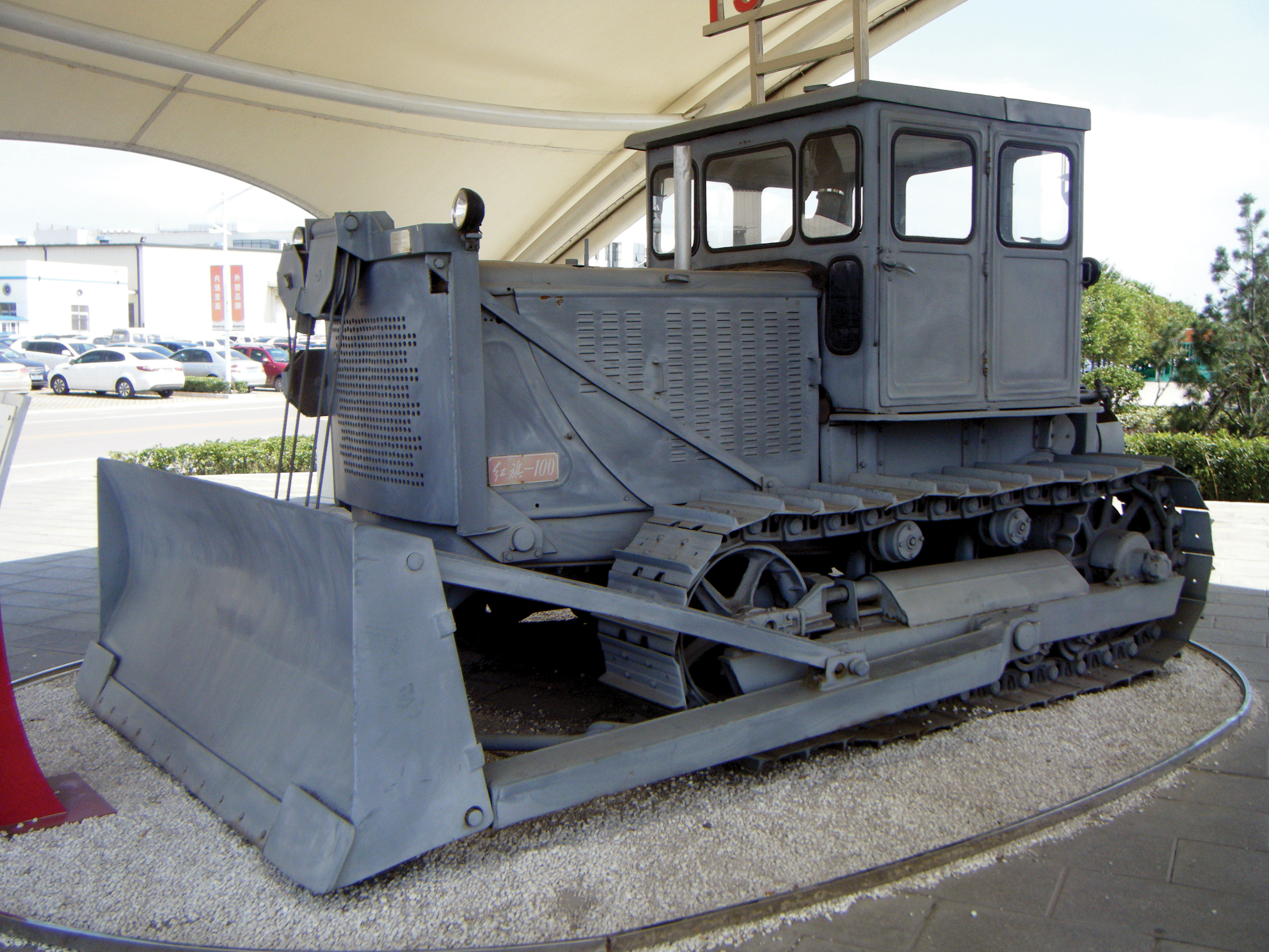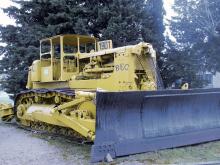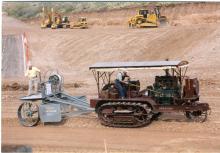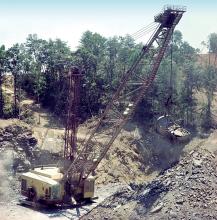
The bulldozer is a key machine for earthmoving operations and can play an important role in setting up new quarry sites writes Mike Woof.
Bulldozers are also widely used in haul road construction and maintenance in extraction operations, with good work being highly important for an efficient and reliable haulage operation. Bulldozers can also be used for extraction in some operations, using rippers to break up surface deposits.
The modern bulldozer developed from the crawler tractor, with ancillary manufacturers offering blades as attachments that could be fitted to a base machine.
Early hydraulics were however somewhat unreliable and many of the actuation systems for the dozer blades were mechanical, using winches and cables.
While Caterpillar certainly led the field with the crawler tractor, there were many other firms in the US as well as in Europe and Japan also offering such machines. Many names have come and gone from this market segment but in Europe,
The largest manufacturer of bulldozers in the world, by volume at least, is however Chinese firm Shantui. While its biggest machine, the 115tonne SD90, is still a recent entry to the market, it is a competitor in terms of size to Caterpillar’s D11 and Komatsu’s D475. Shantui’s history in the bulldozer market may be more recent than either Caterpillar or Komatsu but it still has a considerable track record in the bulldozer sector. The company’s first bulldozers were produced in the 1970s and were highly successful, being built in significant numbers and used widely in major projects across the country.
The limitations of the technology available in China at the time meant that the firm opted to utilise a cable actuated blade on this initial model. The system was selected as it was considered simple, durable, reliable and easy to maintain in the country at that time. A heavily revised and improved version featuring a hydraulic blade was then introduced in the early 1980s.
But Shantui is by no means the only Chinese manufacturer now offering bulldozers however. And interestingly, the










